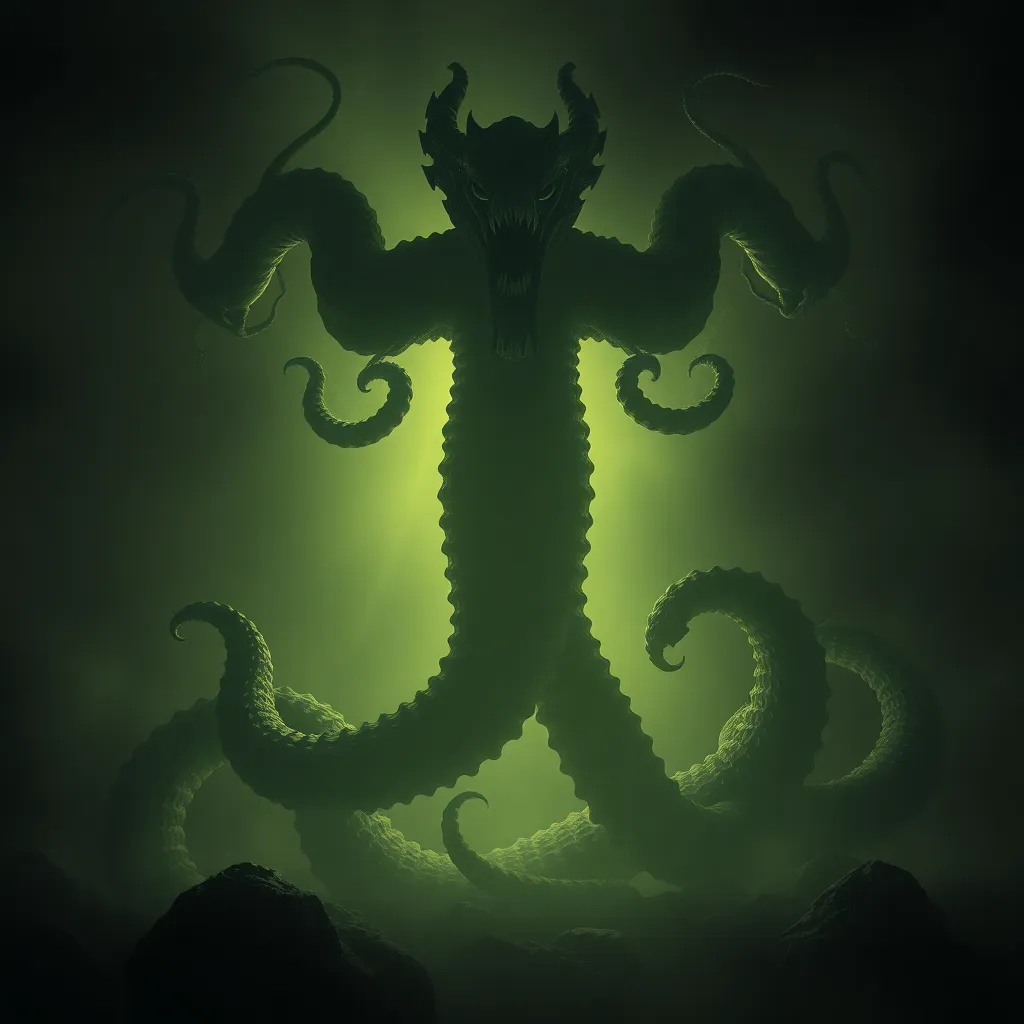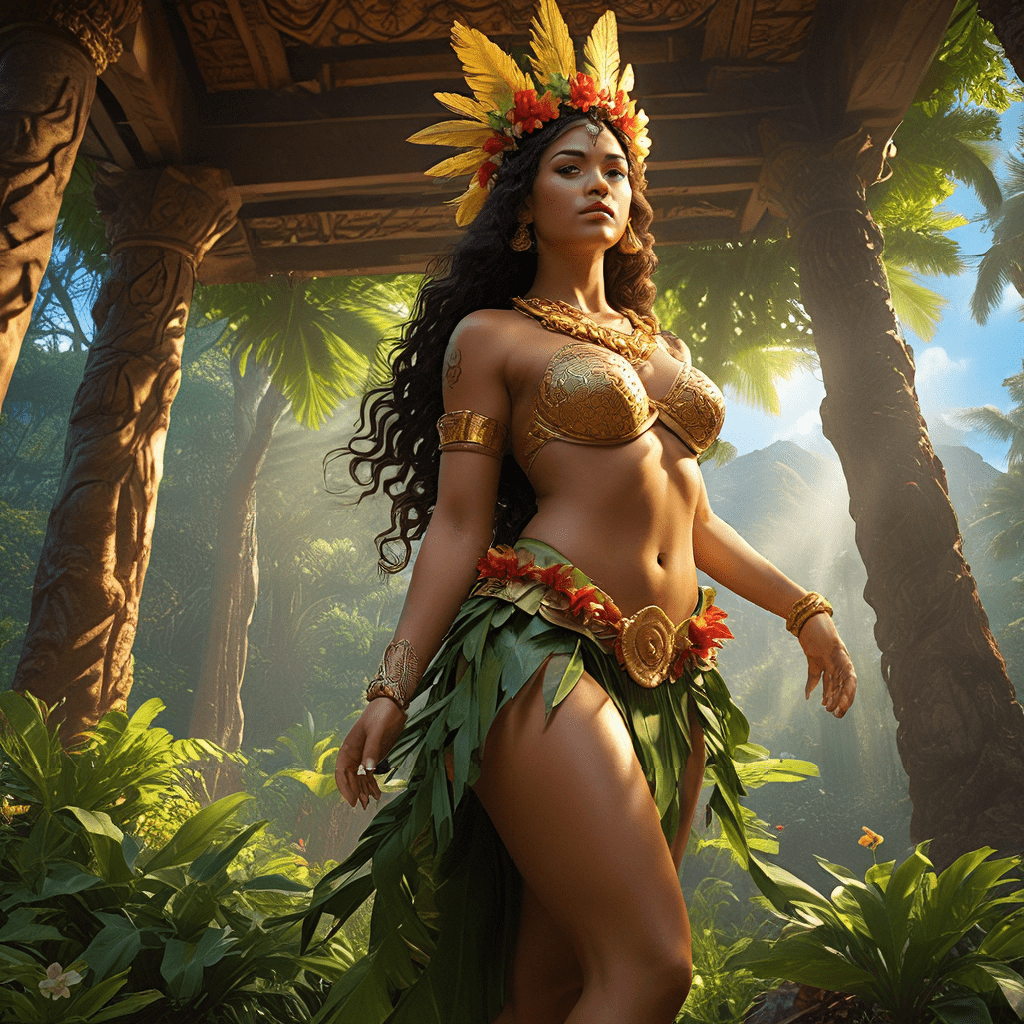Underworld Legends: The Myths That Shape Our Understanding of Death
I. Introduction
Underworld myths are cultural narratives that explore the realms beyond life, often depicting the journey of the soul after death. These legends provide insights into how different societies understand mortality and the afterlife. In this article, we will explore the various underworld myths across cultures, their significance, and their enduring impact on contemporary society.
The purpose of this article is to delve into the diverse interpretations of death and the afterlife, examining how these beliefs shape cultural practices and societal attitudes. By exploring the underworld legends, we can gain a deeper understanding of humanity’s most profound questions about existence and what lies beyond.
Death is a universal experience, yet its interpretations vary widely among cultures. From ancient civilizations to modern societies, the myths surrounding death and the afterlife continue to influence our collective consciousness.
II. The Concept of the Underworld Across Cultures
Different cultures have developed unique beliefs regarding the underworld, often reflecting their values and worldviews. Some of the most prominent underworld concepts include:
- Ancient Egyptian beliefs in the Duat: The Duat was seen as the realm of the dead, where souls journeyed after death. Anubis, the jackal-headed god, guided souls through this underworld, ensuring they were judged and placed in the proper afterlife.
- Greek mythology and the realm of Hades: In Greek mythology, Hades was both the god and the underworld itself. It was divided into different sections, including Elysium, for the virtuous, and Tartarus, for the wicked.
- The Norse underworld of Hel and Valhalla: In Norse mythology, Hel was the realm for those who did not die in battle, while Valhalla welcomed warriors who died heroically, emphasizing the cultural importance of valor.
- The role of the underworld in indigenous cultures: Many indigenous cultures have rich traditions surrounding the afterlife, often involving ancestors and nature. The underworld is seen as a continuation of life rather than an end.
III. The Personification of Death
Throughout history, many cultures have personified death, often depicting it as a deity or a symbolic figure. Some notable representations include:
- Anubis: The Egyptian god associated with mummification and the afterlife, Anubis is often depicted as a jackal or a man with a jackal’s head, guiding souls through the Duat.
- Thanatos: In Greek mythology, Thanatos represents peaceful death, contrasting with the violent aspects of death depicted by other figures.
- The Grim Reaper: A figure in Western culture, the Grim Reaper is often represented as a skeletal figure cloaked in black, symbolizing the inevitability of death.
The representation of death varies across cultures, influencing how societies cope with mortality. By personifying death, cultures can externalize their fears and beliefs, making it a more approachable concept.
IV. Myths of the Afterlife: What Lies Beyond
Underworld myths often explore the journey of the soul and what happens after death. Key themes include:
- The journey of the soul: Many traditions depict a journey that the soul must undertake, often facing trials or challenges along the way.
- Concepts of judgment and reincarnation: In various cultures, souls are judged based on their earthly actions, influencing their next life or their place in the afterlife.
- Heaven, Hell, and moral implications: Beliefs in heaven and hell serve as moral compasses for many societies, guiding ethical behavior through fear of punishment or hope for reward.
V. Rites and Rituals Surrounding Death
Funerary practices vary widely across cultures, reflecting beliefs about the afterlife and the importance of honoring the dead. Some common practices include:
- Funerary practices in different cultures: From elaborate Egyptian tombs to simple cremations in Hinduism, these practices are deeply rooted in cultural traditions.
- The significance of mourning and remembrance: Mourning rituals help communities process grief, providing support systems for the bereaved.
- How rituals shape societal attitudes towards death: Societal rituals influence perceptions of death, often making it a communal experience rather than an isolated one.
VI. Symbolism in Underworld Myths
Underworld myths are rich in symbolism, often using animals, nature, and colors to convey deeper meanings about death and the afterlife. Common symbols include:
- Common symbols associated with death: Skulls, black clothing, and candles are often used to symbolize death and mourning.
- The role of animals and nature: Animals like owls and ravens are frequently associated with death, representing wisdom and the transition between worlds.
- Interpretation of symbols through a psychological lens: Psychological interpretations suggest that these symbols help individuals confront their fears about death and the unknown.
VII. The Evolution of Underworld Legends
Underworld legends have evolved over time, influenced by historical events, literature, and art. Key factors include:
- Historical context and changes over time: As societies change, so do their beliefs about death, often reflecting broader societal shifts.
- The impact of literature and art on death myths: Works of literature and art have played significant roles in shaping and popularizing various underworld myths.
- Modern interpretations and adaptations in popular culture: Contemporary media frequently reinterprets these myths, making them accessible to new generations.
VIII. The Influence of Underworld Myths on Contemporary Society
Underworld myths continue to influence modern perceptions of mortality and grief. Some notable impacts include:
- How these myths inform current views on mortality: Cultural narratives shape how societies understand and cope with death, often influencing healthcare and end-of-life practices.
- The impact of underworld narratives in media and storytelling: Films, books, and art often explore themes of death and the afterlife, resonating with audiences on a personal level.
- The role of mythology in coping with grief and loss: Myths provide frameworks for understanding loss, helping individuals and communities navigate their grief.
IX. Critiques and Controversies Surrounding Death Myths
As with any cultural narrative, underworld myths can be subject to critique and controversy:
- The clash between scientific and mythological explanations: The rise of scientific understanding challenges traditional myths, leading to debates about their relevance.
- Cultural appropriation and misinterpretation of death rituals: As cultures intersect, misunderstandings can arise, leading to the commodification of sacred practices.
- Ethical considerations in how we portray death in media: The representation of death in media raises questions about sensitivity and respect for different cultural beliefs.
X. Conclusion
Understanding underworld legends is crucial for grasping how cultures perceive death and the afterlife. These myths offer valuable insights into human experiences, fears, and hopes regarding mortality. As we navigate our contemporary lives, the enduring relevance of these myths reminds us of our shared humanity and the universal quest for meaning in the face of death.



